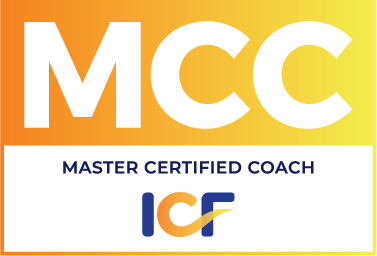Remember we are starting our series with asking for and receiving feedback.
In our first blog post on feedback, we identified four ways to obtain feedback for yourself:
1. Seek Clarity
2. Stop, Start, Continue
3. Specific Questions
4. Making an Effective Feedback Request
Today we continue to the fourth.
4. Elements of an Effective Feedback Request
Finally, this is a way to directly ask for feedback, one-on-one:
First, ask sincerely and let them know you truly want their honest thoughts. We are socialized to give only so-called “positive” feedback. If you want feedback that will help you improve, you must let people know that you are open to it and that you will receive it without getting upset with them. As a manager, this is an important first step.
One of the exercises some of my manager clients do in order to obtain feedback is to email all of their staff and say something like this, “Please list 3 things you feel I am doing well and 3 things you feel I could improve.” Often staff respond with 3 things the manager is doing well and then say, “I can’t think of anything you can improve.” If that is the response, what is the feedback for that manager? Likely it is that he or she has not created an environment where staff feel they can be honest. There are always things you can improve and people can see what they are. What can you do to really let them know their feedback is important and you will receive it with gratitude?
Second, ask specifically, “What is not working?” or “What can I improve?” As in prior blogs, you must ask directly for the type of feedback that points out errors, omissions, or gaps. People will rarely volunteer this without you asking directly, and as in step #1, creating the opening for them to be honest with you.
Third, receive sincerely, neutrally and with gratitude. Yes, it can be tough to hear you are not doing everything perfectly and to everyone’s liking, but feedback truly is a gift. It is information you need. And as we know from the fact that often people will not give “negative” or “constructive” feedback, the person delivering your feedback had to risk in some ways to give it to you. Treat it as such. Be grateful when you receive it.
Fourth, follow-up – use the feedback, or at least communicate to the feedback-giver what you intend to do with the information. Let people know you are taking their thoughts seriously.
I teach a number of class series – classes that go for 6 – 10 weeks. In the middle of each class series, I ask for feedback. I ask, “What should I change? What do you like most about the classes? What do you like least?” In one class, 1 or 2 people said, “There’s too much homework.” So I looked at it and ultimately I decided the amount of homework supported the class. I told them that I had looked at the situation and decided the amount of homework was appropriate. You don’t have to do what people suggest. The important thing is to take their suggestions seriously, consider them, and let them know you have taken a look at the information.
In another class, the feedback was, “I’d like more small group exercises.” Upon consideration, I thought yes, that may really help people to feel engaged in the class. That feedback was very valuable to me and my implementing the suggestion vastly improved my classes – especially the larger ones. It helped people to contribute more and feel more that they were being heard. It has helped  them internalize the material more. I may not ever have thought about that without feedback from the participants because I am not sitting in their seat. As such, I can only imagine what they want. When they tell me, it is a great gift to me – and to the rest of the class. I tell them so.
them internalize the material more. I may not ever have thought about that without feedback from the participants because I am not sitting in their seat. As such, I can only imagine what they want. When they tell me, it is a great gift to me – and to the rest of the class. I tell them so.
You need information from people who are sitting in different chairs in your organization. Ask directly; be sincere; accept it with gratitude and take it seriously.






